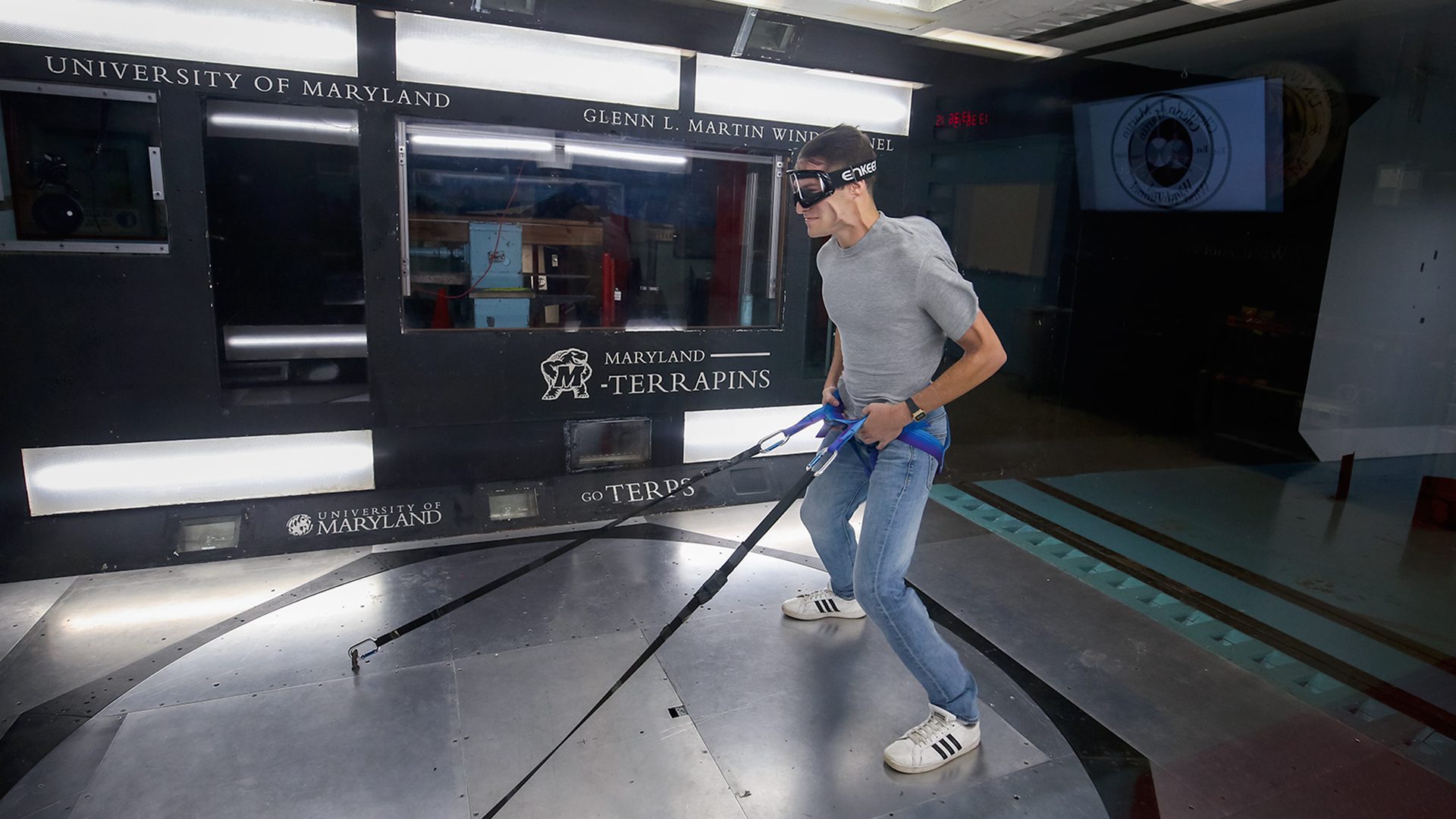- August 15, 2019
- By Dan Novak M.Jour. ’20
The Glenn L. Martin Wind Tunnel is classified as a "low speed" example of the species, and when I stepped into it last week, they had it turned on extra-low.
That didn't stop my face from rippling back like a dog’s hanging out a car window as the wind speed approached 111 mph, equivalent to a Category 3 hurricane (but far below the 230 mph limit). At that speed, it’s barely possible to move, much less stay upright, which is why I’m thankful I was harnessed to the floor.
The A. James Clark School of Engineering invites TV reporters and others to step into the blast at the start of each hurricane season, but as the facility marks its 70th anniversary this year, it has long been more than just an amusement ride.
Throughout its run, the tunnel on Paint Branch Drive has been integral in helping researchers and industry advance aerodynamic design, fluid mechanics and structural integrity. Built in 1949 as part of a four-building campus construction boom funded by aviation tycoon Glenn L. Martin, the UMD facility is one of only a dozen subsonic wind tunnels in the United States, as well as the second-largest at a university.
It opened to great demand, because few aircraft-industry manufacturers had wind tunnels of their own in the 1940s, and has since been continually updated and adapted to a broad range of applications.
“One of the reasons why I’ve been here so long is that we test so many different things,” said wind tunnel Director and Associate Professor Emeritus Jewel Barlow, who has overseen the tunnel for 42 years.
With a test section 11 feet wide and almost 8 feet high, and powered by a 2,000 horsepower electric motor, the facility is large enough to test electric vehicles, helicopters, boats and even building structures and materials for their ability to weather hurricanes. It was used for almost all of the Ford Motor Company’s scale-models, has been used to test many GM scale models more recently, and currently is used for testing a range of drones.
Beyond just getting blasted in the face by wind for the fun of it, it has been tapped for other entertaining uses in sports aerodynamic testing: cycling, speed skating, and even helping the 2002 USA bobsledding team prepare for the Winter Olympics. There have been interesting animal studies as well, like the feasibility of tracking devices on birds and research into the evolution of the flying squirrel.
Barlow says his interest has always been primarily in the research and development work done under sponsorship of various companies and agencies, large and small. But he admits the in-your-face (and stretching it back) fun of the tunnel is part of what’s kept him involved with it since his arrival at the University of Maryland in 1970.
As he remembers his mother-in-law saying when he first showed her the tunnel: “Ain’t it wonderful when little boys grow up to be big boys with big toys?”
Click through the gallery below for a look at the past and present of the Glenn L. Martin Wind tunnel.
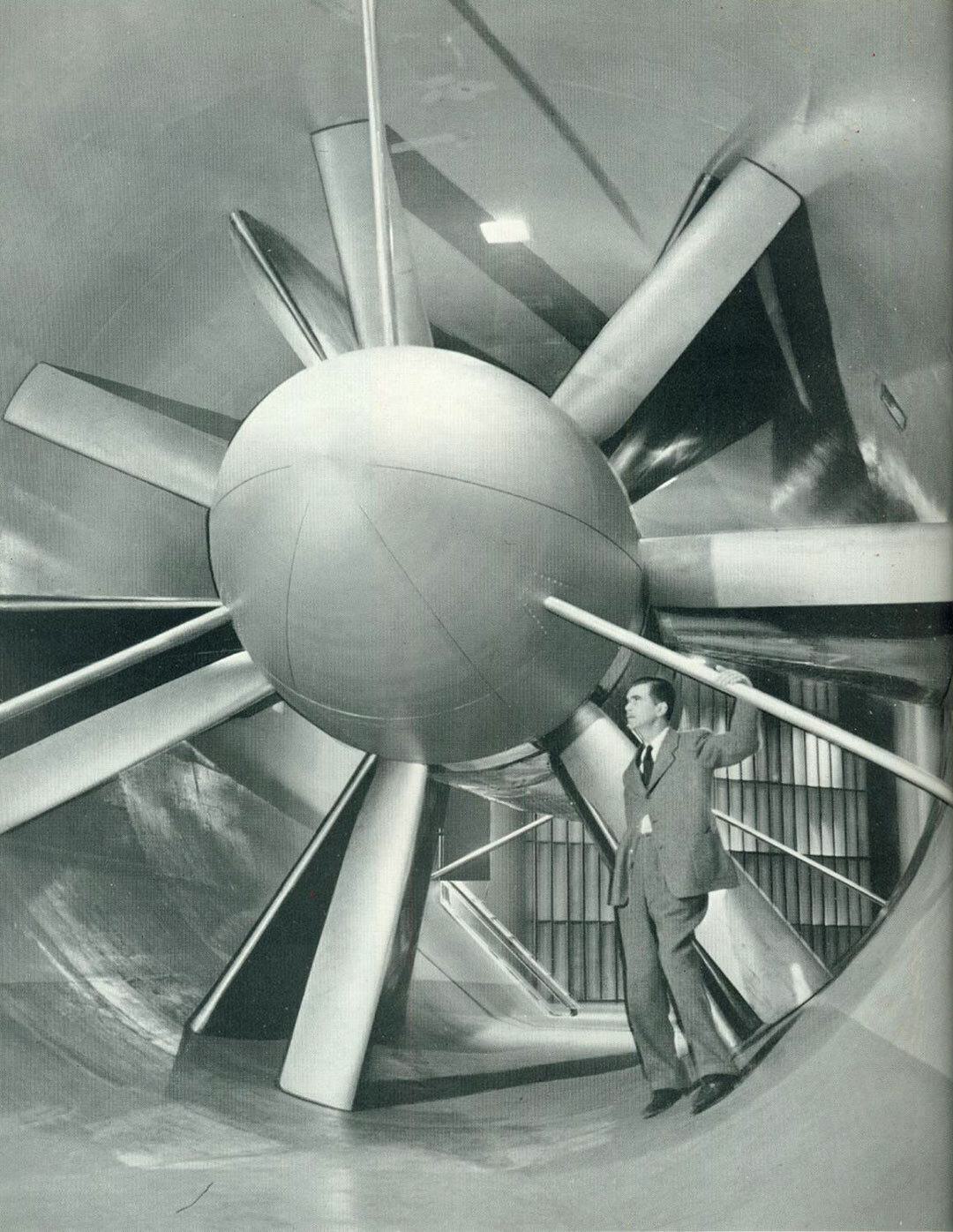
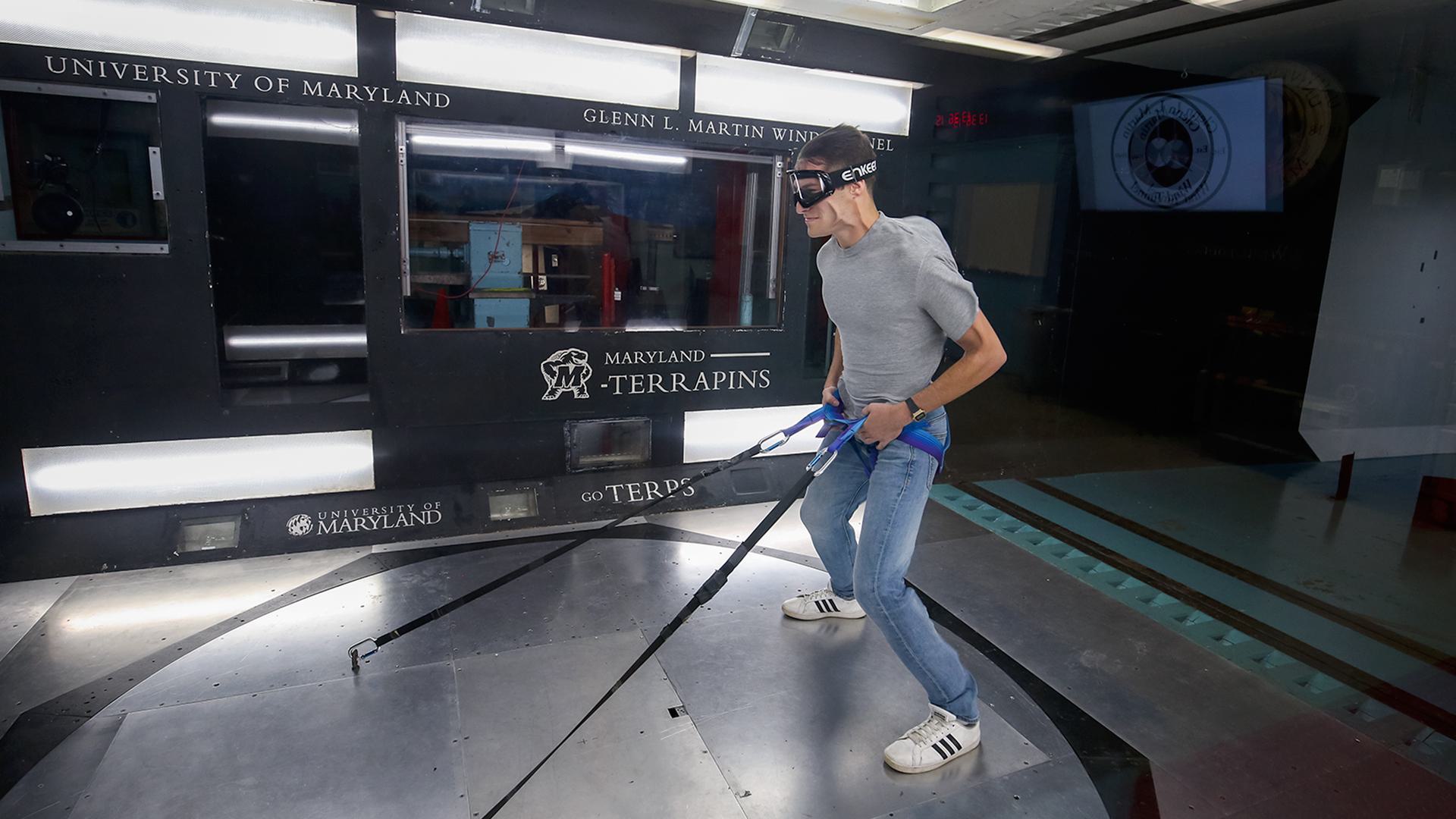
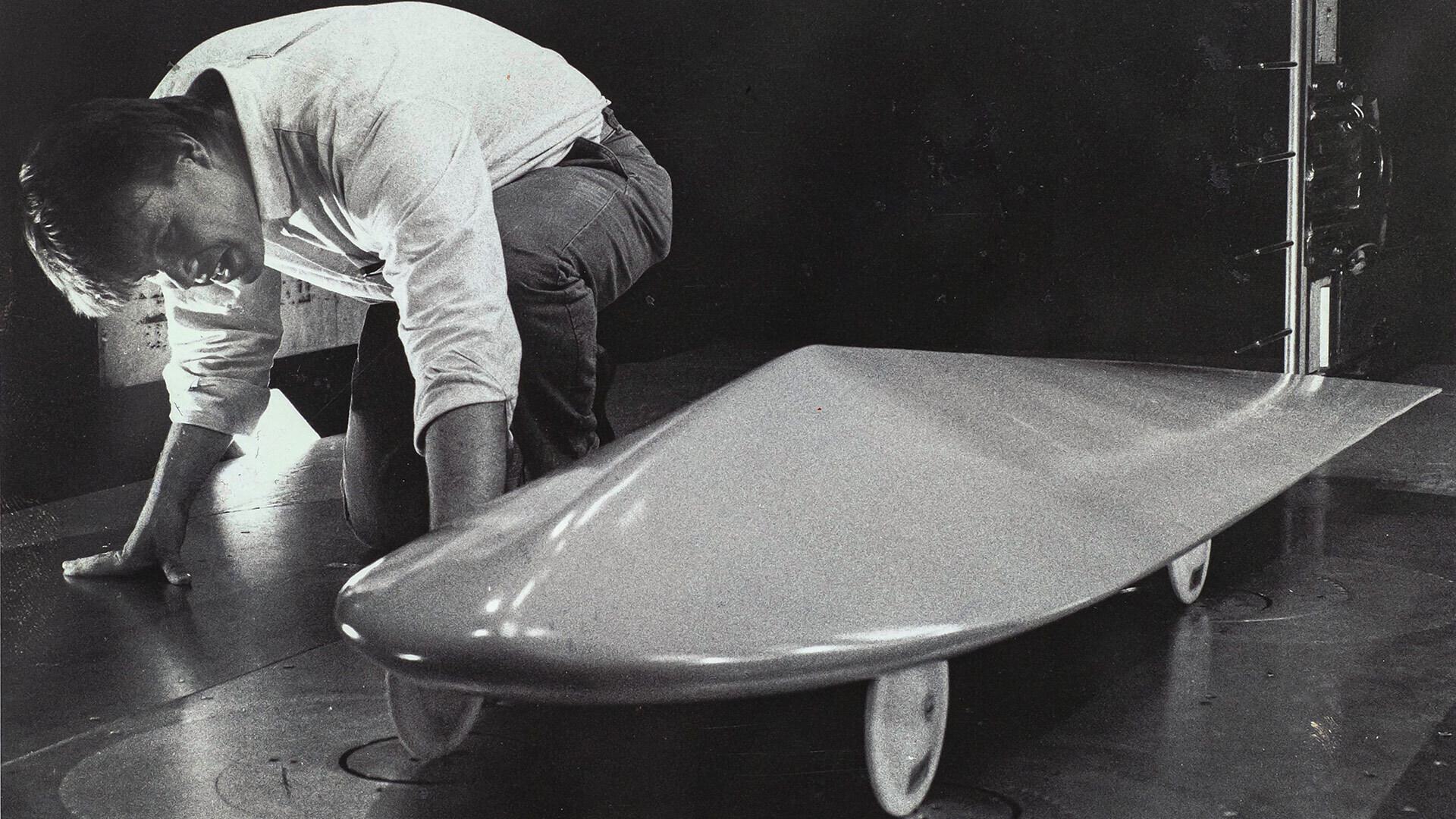
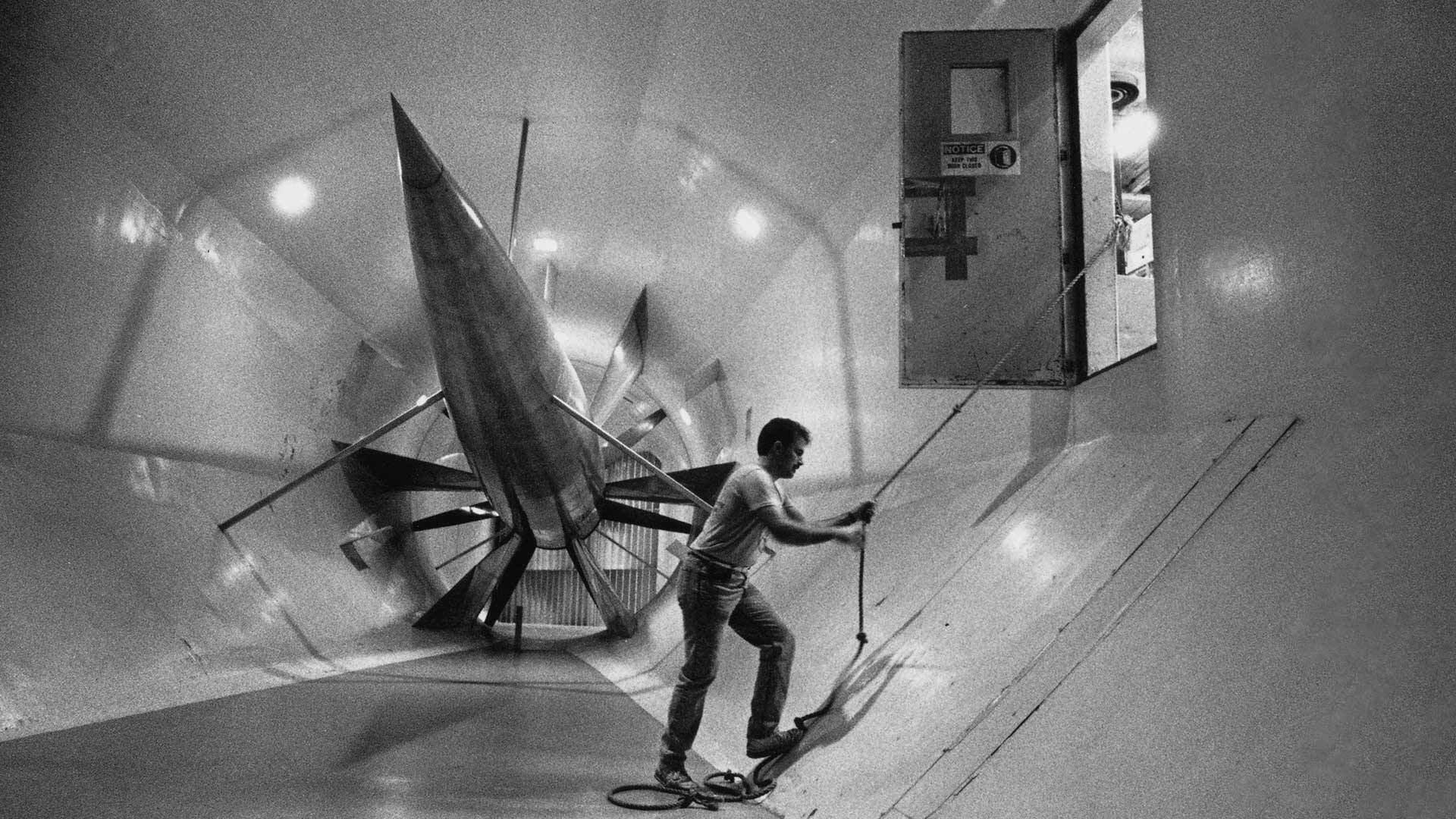
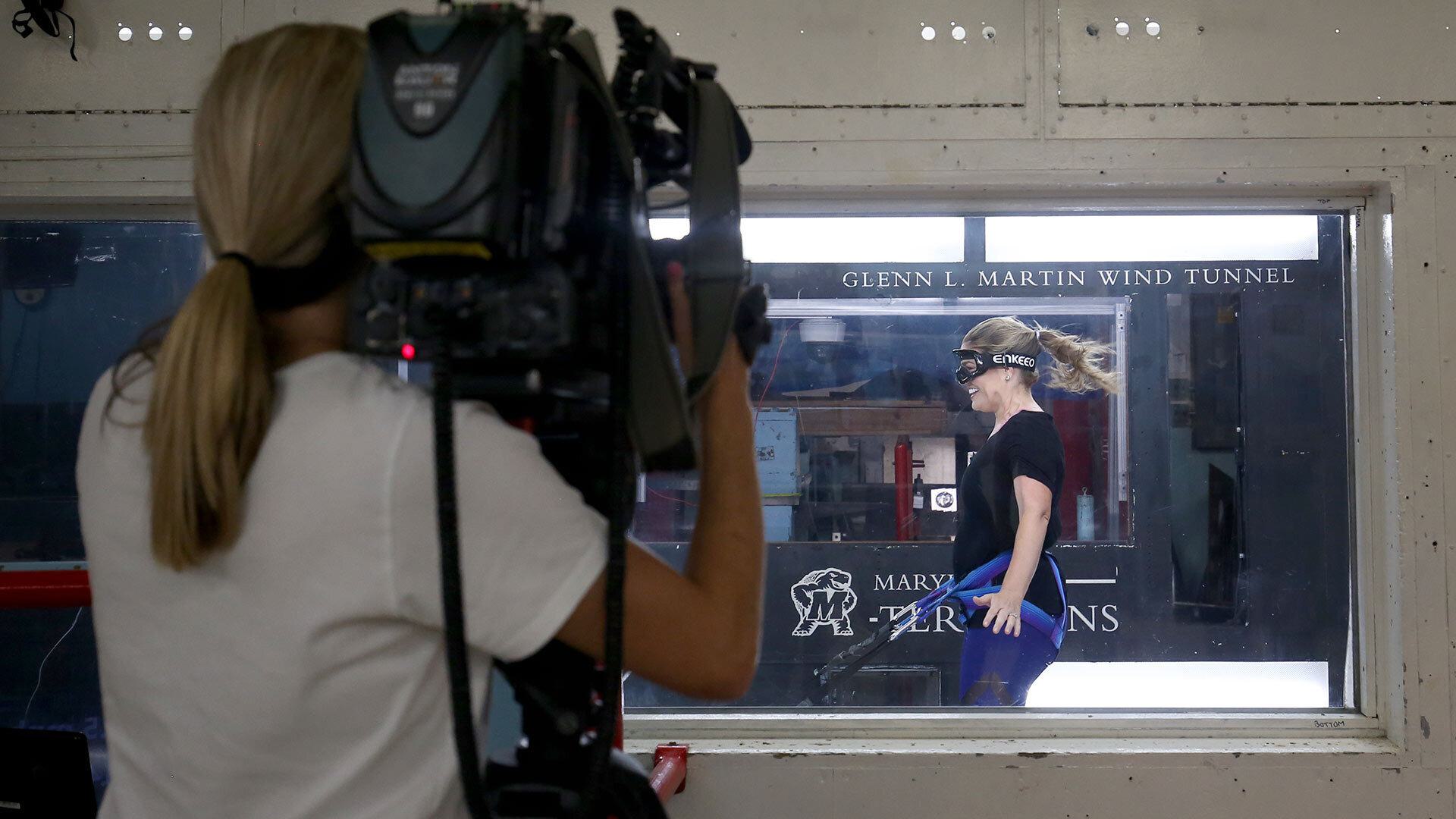
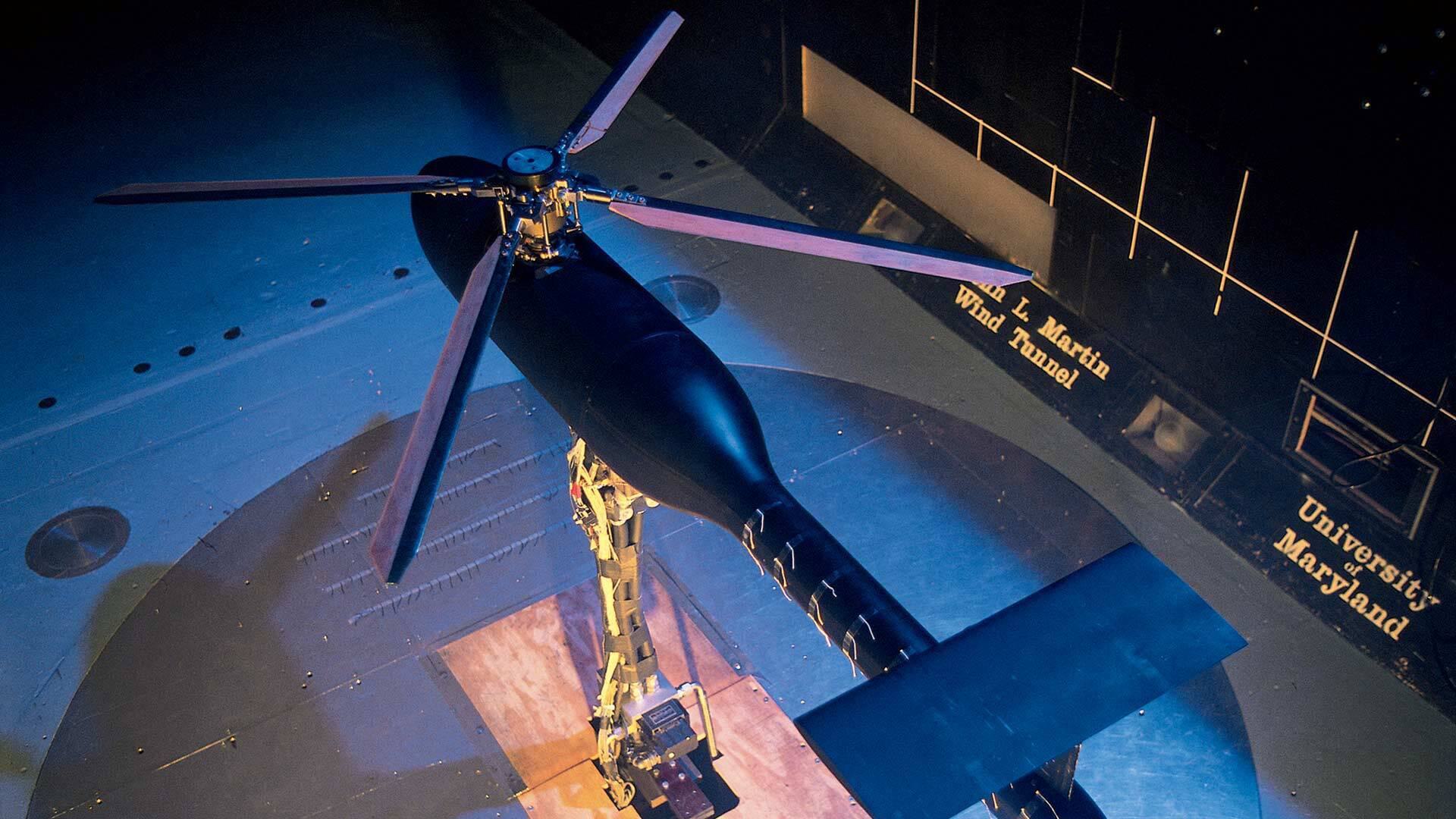
Topics
Research